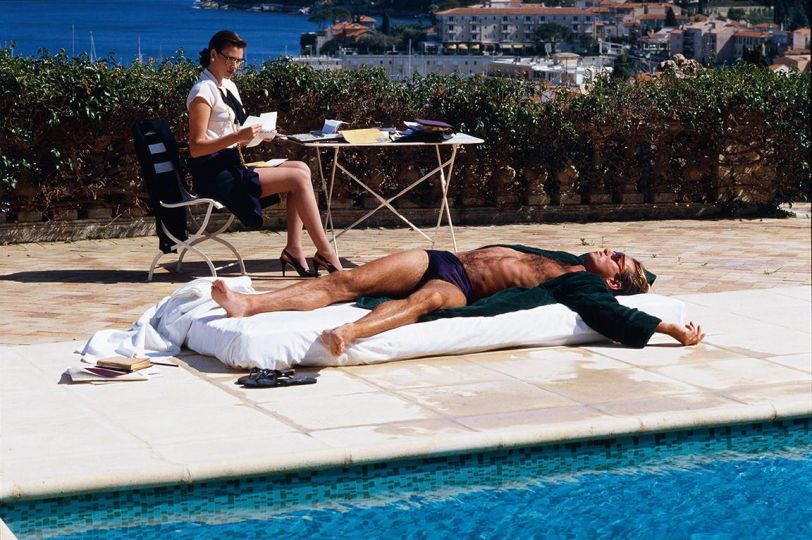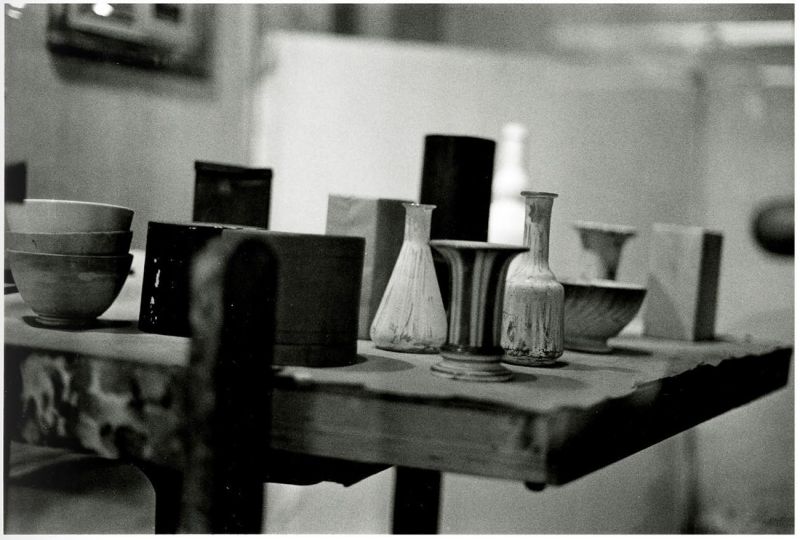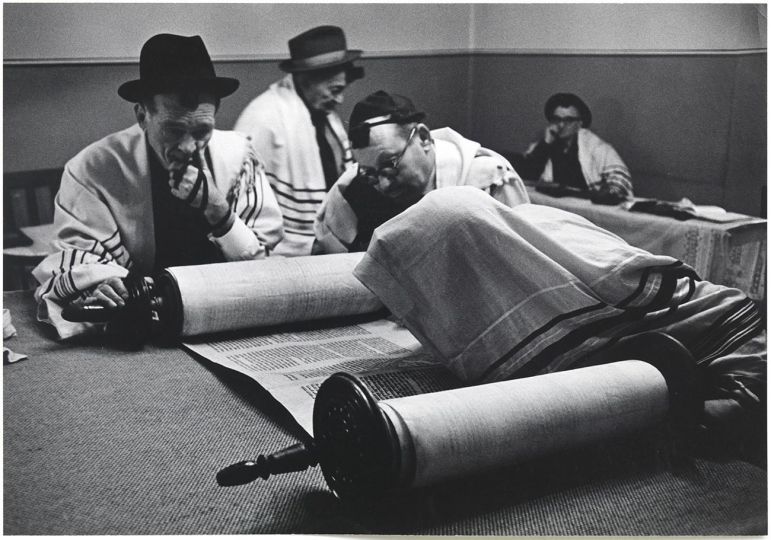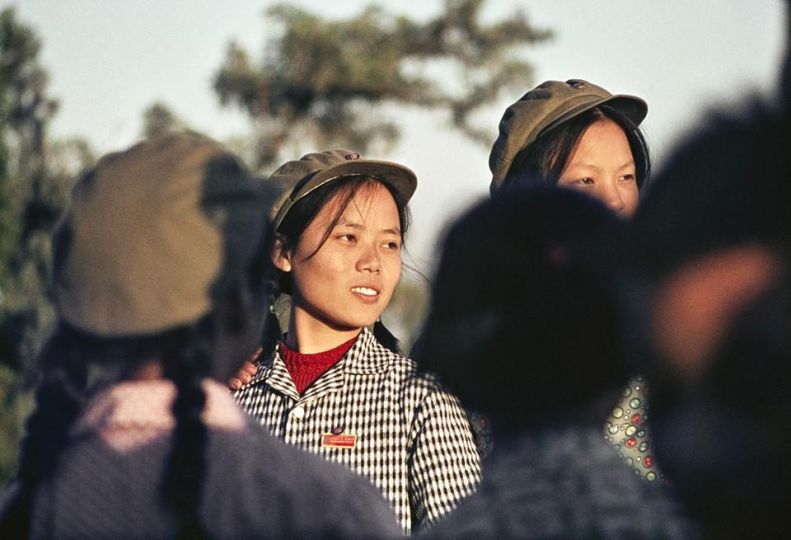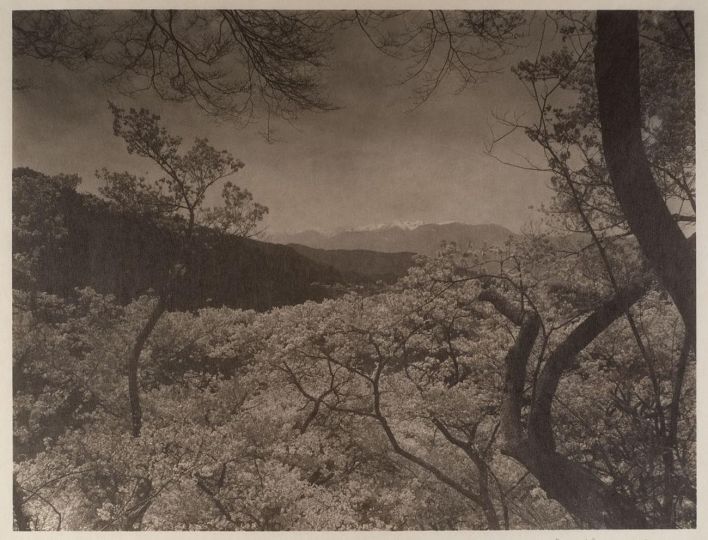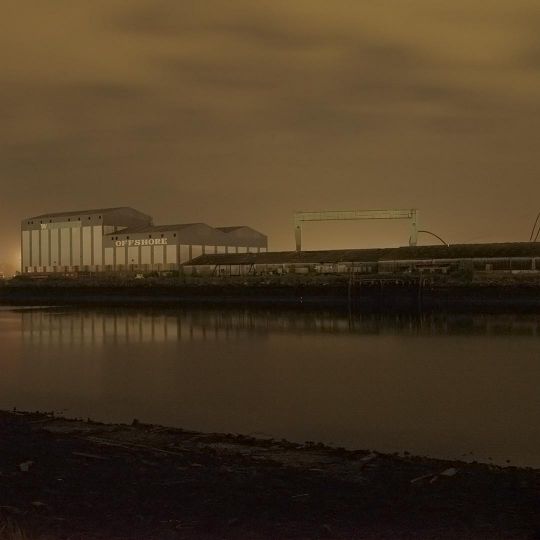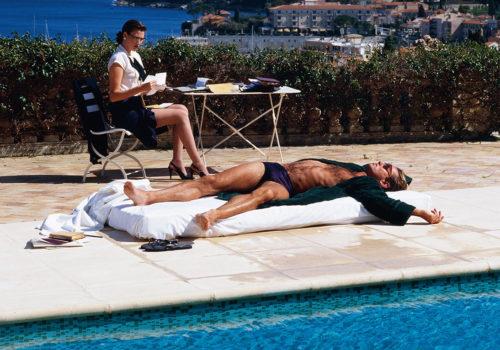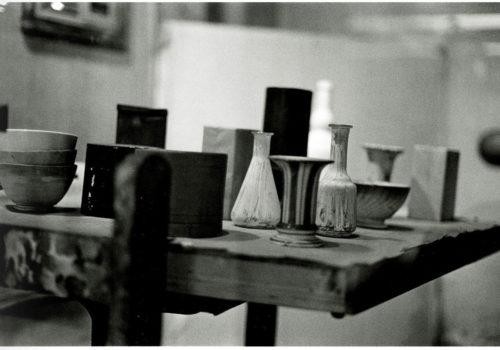Fundación Barrié hosts, in its Spanish debut, the exhibition Norman Parkinson: Always in Style, showing a generous retrospective of Parkinson’s influential career. It displays 80 photographs reflecting the transformation of female fashion, which contributed to shape the way in which this was communicated to the public for many decades. The exhibition has been curated by Terence Pepper, who was Photography Curator at The National Portrait Gallery, London, for more than 40 years.
Known for his innovative and unique body of work, Norman Parkinson was instrumental in the transformations that took place in 20th-century fashion photography. He developed his own distinctive style throughout his 56-year career, embarking on photography in the 1930s and working continuously until his death in 1990.
His images capture the style of the twentieth century; from pre-war 1930s Britain and the austerity fashions of World War Two, the Parisian New Look of the 1950s and Swinging London in the 1960s, to the glamour and glitz of the 1970s and 80s.
Working ‘outside the box’ and with an unconventional style, Parkinson gained recognition in his early years as he revolutionised photography by moving female models from the static, serious and controlled environment of the photographic studio to real-life locations and exotic surroundings. This dynamic and spontaneous style garnered the attention of numerous fashion magazines, including Harper’s Bazaar, Vogue and Town & Country, which earned him international recognition.
With this exhibition, Barrié Foundation continues its choice of displaying temporary exhibitions dedicated to classic and contemporary photographers, which has led to the exhibition of pictures by great photographers, such as Paul Strand, Arnold Newman, Edward Weston, Alfred Stieglitz, Ansel Adams, Català-Roca, Caio Reisewitz or, more recently, Graciela Iturbide.
While the exhibition is on, Barrié Foundation will organize a series of complementary activities, among them didactic workshops for schools, groups of persons with diverse abilities and families.
The exhibition
The exhibition includes photographs from the different stages of the artist’s career. The 1939 shot of model Pamela Minchin taken in mid-air in a bathing suit from Fortnum & Mason on the Isle of Wight (England) for Harper’s Bazaar exemplifies Parkinson’s daring approach. Parkinson later said of the image “When I pulled that picture out of the soup it confirmed to me for the rest of my life that I had to be a photographer. I was absolutely amazed by the magic of it.”
Between the 1940s and 50s, Parkinson began a long phase of collaboration with Vogue, producing images that suggested a narrative, as we can observe in Young Velvets (Young Velvets, Young Prices, New York, Vogue, 1949), which features four models in hats set against a background of the skyscrapers of New York. Also within this period appear images of his muse and wife Wenda Parkinson, who became one of the leading models of the era.
The 1960s and 70s heralded major lifestyle changes, but Parkinson knew how to keep up by reinventing his style and keeping abreast of the emerging generation of young photographers and models. Through the 1960s, Parkinson continued to spot new faces and began working with the magazine The Queen. In the 1970s, his images helped elevate new models Jerry Hall and Iman to superstar status. During this twenty-year period, Parkinson produced iconic photographs of The Rolling Stones and The Beatles and of fashion designers such as Yves St Laurent, Hubert de Givenchy, Jean Muir and Zandra Rhodes.
The 1980s were marked by the Queen of England awarding Parkinson a C.B.E. (Commander of the British Empire) and by a series of new portraits commissioned for a major retrospective exhibition at The National Portrait Gallery in London.
Norman Parkinson – Biography
Ronald William Parkinson Smith was born on 21 April 1913 in London. He attended Westminster School where he developed an interest in art. Following his formal education, Parkinson undertook an apprenticeship with photographer Richard N. Speaight in London, where he mastered the techniques of photography. In 1934, he opened his own studio on Dover Street opposite the Ritz Hotel with another young photographer named Norman Kibblewhite. They combined names to create a professional pseudonym and, though the partnership with Kibblewhite did not last long, Parkinson decided to keep the name.
The first exhibition of Parkinson’s work took place in 1935 and included important works such as his portrait of Vivien Leigh. Working in different styles for multiple magazines, including The Bystander, The Sketch and Tatler, his fashion work was eventually published in the British edition of Harper’s Bazaar, where he was considered a pioneer of ‘action realism’.
Over the course of six decades, many hundreds of photographs by Parkinson have been published in top fashion magazines such as Vogue, Harper’s Bazaar, The Queen and Hearst’s Town & Country. He photographed models such as Wenda Rogerson (whom he would subsequently marry), Barbara Goalen, Jean Shrimpton, Celia Hammond, Jill Kennington, Twiggy, Nena Von Schlebrügge, Jerry Hall and Iman. Subjects from the world of Hollywood include actors and actresses such as Montgomery Clift, Elizabeth Taylor, Audrey Hepburn, Gregory Peck, Ava Gardner and Katharine Hepburn, while the list of figures from the worlds of fashion, literature, music and politics is extensive.
Parkinson’s achievements were recognised by the Queen Elizabeth II when, in 1981, he was awarded a C.B.E. (Commander of the British Empire). In that same year, he was also honoured with a major retrospective exhibition at the National Portrait Gallery in London. The exhibition included a series of new commissioned portraits that were complemented by highlights from his work for Hearst’s Town & Country magazine, for which he worked consistently until the end of his career. Amongst his most successful later work are fashion portraits of Carmen Dell’Orefice, still an internationally renowned model, whose career he helped relaunch in 1980 and with whom he worked for forty years. Norman Parkinson died in February 1990 in Malaysia.
Terence Pepper
Though Pepper’s career began in law, he quickly moved to the arts. After completing a postgraduate degree in librarianship at Ealing Technical College and working for a year with the Mansell Collection, he joined The National Portrait Gallery in 1975, becoming a photography curator three years later. He later went on to become Head of Photographs for the gallery.
In 1981, he curated his first major exhibition – Norman Parkinson: 50 Years of Portraits and Fashion – also shown in an abridged version at Sotheby’s and The National Academy of Design in New York. Over his forty years at The National Portrait Gallery, Terence Pepper curated more than 150 photography exhibitions including Helmut Newton: Portraits and Alice Springs: Portraits (1988), followed by his research for the first monograph on Lewis Morley, Lewis Morley: Photographer of the Sixties (1989). He edited and co-wrote a book with John Kobal about MGM photographer Clarence Sinclair Bull, The Man Who Shot Garbo, which became the model for a number of successful exhibitions including Horst: Portraits (2001), Beaton: Portraits (2004) and, more recently, Man Ray: Portraits (2013-2014), presented at The Scottish National Portrait Gallery in Edinburgh and at the Pushkin Gallery in Moscow. His most recent exhibitions include Audrey Hepburn: Portraits of an Icon, at The National Portrait Gallery in London (2015), James Abbe: Photographer of the Jazz Age, at The Fashion and Textile Museum in London (2016) and Graham Keen: 1966 And All That, at The Lucy Bell Gallery in St Leonard’s, UK (2016).
Terence Pepper was awarded an O.B.E. (Order of the British Empire) for services to photography and art in 2002. He is an Honorary Fellow of the Royal Photographic Society and received its ‘Outstanding Service to Photography’ award in 2014. Pepper is currently a photography consultant and Senior Special Advisor on Photographs for The Fashion and Textile Museum, London where he co-curated an exhibition on Louise Dahl-Wolfe with four photography displays within the framework of the exhibition Night and Day: Fashion and Photographs of the 1930s, as well as some exhibitions dedicated to Mary Quant. Besides, Pepper is the co-author of two brand new books for Iconic Images on Norman Parkinson (August 2019), in collaboration with Alex Anthony and on Audrey Hepburn (October 2019) with Carrie Kania.
Alex Anthony, co-curator of the exhibition
Alex Anthony is an archive consultant, curator and researcher working with photographic and fashion collections. Trained as a photographer and fine artist, she has worked with archives, galleries, contemporary artists and designers for the past ten years, collaborating closely with arts institutions, museums, academics, brands, publishers and producers to reveal the stories images and archives have to tell. Her particular areas of focus are the collections of British photographers Norman Parkinson (1913-1990) and Terence Donovan (1936-1996).
Iconic Images
Iconic Images own and represent the archives of celebrated world class photographers such as Terry O’Neill, Norman Parkinson, Milton H. Greene, Terence Donovan and Douglas Kirkland, creating international touring exhibitions, consigning and selling fine arts prints to over 30 international galleries, and making collaborations with luxury fashion brands, apart from publishing books and licensing editorial images to the main newspapers, documentaries and magazines from all over the world.
Our unique archives contain historical and iconic images from the avant-garde of cinema, fashion, fame, music, sports, politics and royalty, taken by photographers who were pioneers in their fields. The archive contains the biggest collections in the world from David Bowie, Elton John, Marilyn Monroe, Jimi Hendrix, Audrey Hepburn, Frank Sinatra, The Rolling Stones, The Beatles and Led Zeppelin. It covers the universe of fashion photography from the 1930s to the present day, as well as the world of politics, from Winston Churchill and John F. Kennedy to Nelson Mandela. (www.iconicimages.net)
Exhibition organized by Norman Parkinson Archive/Iconic Images in collaboration with Terra Esplêndida and Fundación Barrié
Curated by Terence Pepper, co-curated by Alex Anthony and Iconic Images
Venue: Fundación Barrié, Cantón Grande, 9, 15003 A Coruña
Date: October 10, 2019-January 19, 2020
Venue: Fundación Barrié, Cantón Grande, 9, 15003 A Coruña
Dates: October 10, 2019-January 19, 2020
Opening times: Monday to Sunday (holidays included):
11h-14h and 17h-20h
Free entry

